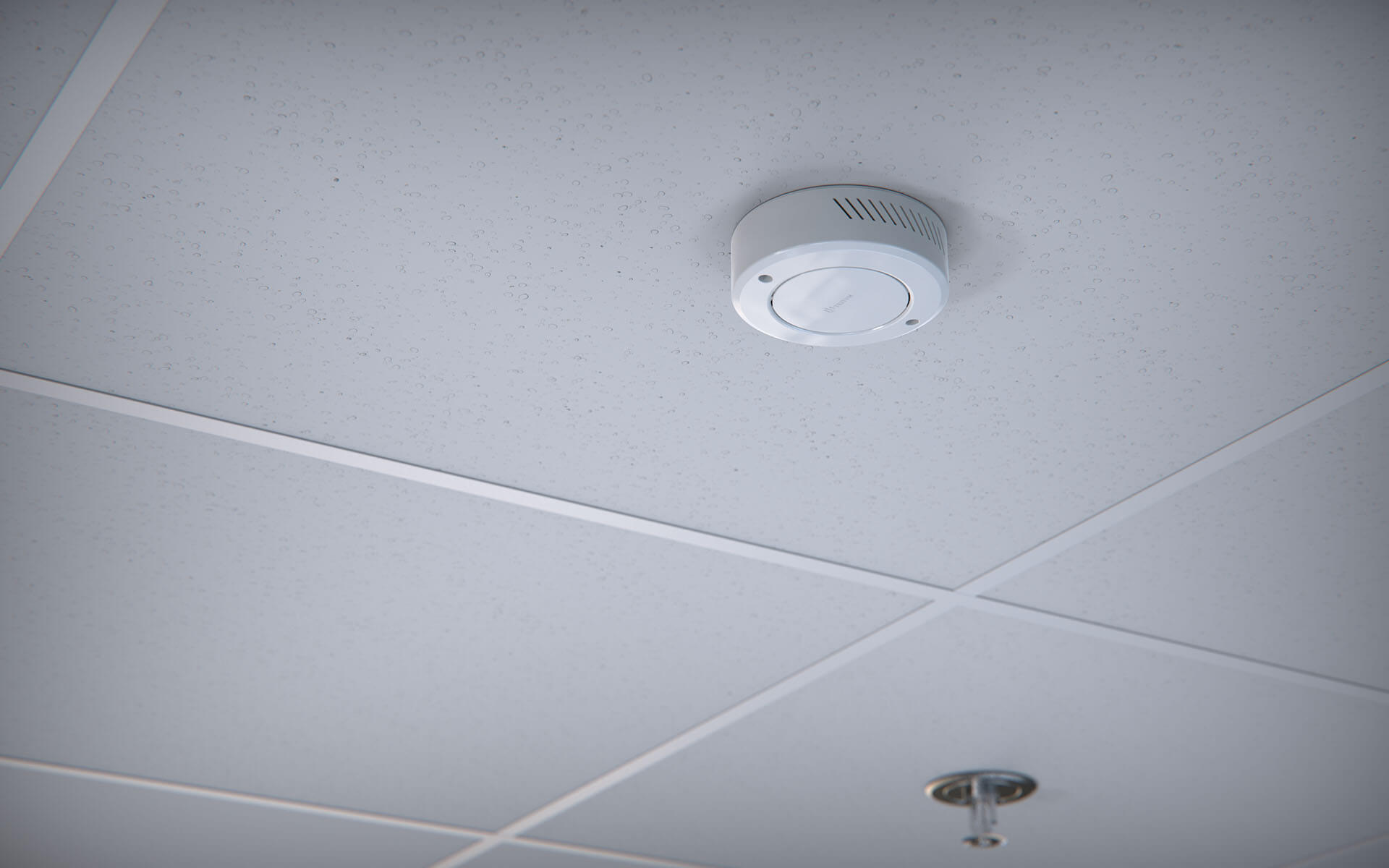Vaping in schools was not an issue just a few months in the past. Students would sneak in bathrooms between classes and inhale flavor tobacco vapors and nicotine. Administrators and teachers felt helpless until the districts turned to the vape detection technology.
Today, schools across the country share impressive success stories that show how this technology can transform the issue of vaping.
A Case Study: Cutting the amount of vaping by 83% over 10 Weeks
Luling Independent School district experienced an extremely serious issue with smoking. Despite warnings from school officials and the implementation of more stringent regulations, some students used to smoke in the locker rooms. Smoke alarms of the past were ineffective against vapor, and the staff could not be everywhere at the same time.

In March, the district installed numerous vape detectors in the schools as part of a pilot program. The results were impressive. The frequency of vaping decreased significantly in just five weeks. In just ten weeks, the vaping rate had decreased by 83%..
Administrators reported success that went beyond numbers. Teachers reported fewer disruptions, and students were able to comprehend that smoking vapes will not be a secret.
Match Charter School Experiences Have Similar Results
Match Charter Schools is another impressive illustration. They struggled to curb vaping in both the high and middle schools. When they put up a set of vape smoke detectors in August, their impact was immediately felt.
By December just four months later, administrators had reported the 80% reduction in vaping-related incidents that occurred weekly. Parents praised their school for taking concrete steps to protect their children. Teachers also reported a decrease in hallway loitering, and bathroom crowding.
These two districts represent the growing tendency: schools that implement vape detection see measurable improvements in their behavior and overall security.
What Makes Vape Detectors So Effective?
The secret to these results is in the technology. Modern vape detectors do more than detect vapors but also track air quality, monitor occupancy and send real-time notifications to staff. This means that managers don’t need to rely on their intuition and post-fact reports.
Even more important is that detectors are made with the privacy of the user in mind. No cameras. No audio recording. Fast, precise data is all that’s needed to aid schools in making quick decisions without compromising the rights of students.
The combination of efficiency and compliance make vape detectors among the most effective security tools that schools can use today.
The Safety Net Extends Beyond Vaping
The thing that many administrators don’t realize is detectors aren’t only to prevent vaping. The latest systems can detect loud noises, words that are related to emergencies and vandalism.
For instance If a crowd of students begin to linger in bathrooms then the detector may flag the high occupancy. Staff can be instantly alerted in the event that someone shouts an emotional word such as “help”. So, the vape detection devices for schools are part of an overall safety strategy that addresses the health hazards as well as potential violence.
Boards and parents support Vape Detectors
Transparency is one of the benefits which is often ignored. The use detectors by schools is able to produce reports that clearly show the trends of smoking. These reports are then distributed to parents as well as school boards as well as the community to prove that concrete steps have been taken.
Parents are more than happy, especially when they are able to get tangible results. A vape smoke detector isn’t just catching students it’s protecting their health and reinforcing the message that vaping has no place in schools.
The Takeaway The Takeaway: A Proven Path to Take
In the past, smoking cigarettes seemed like an invisible war that schools could not take on. Research from across the nation show that this is not the case. Utilizing a vape detector administrators can track incidents immediately and deter risky behavior and provide safer spaces for students.
The vaping issue is far from being over however, the tide is turning. Vape detection isn’t just an attempt to solve the issue, but a method for schools to be the first to create an environment that is healthier for their students.
Conclusion
Technology is working in schools across Texas all the way to Massachusetts. The modern vape alarm does more than raise an alert. It alters the way students behave and creates trust. It is also a an ongoing solution to the major health concerns that students face today. Vape detectors in schools are not a flimsy experiment for any school district who cares about the safety of students. They’re now the norm.
